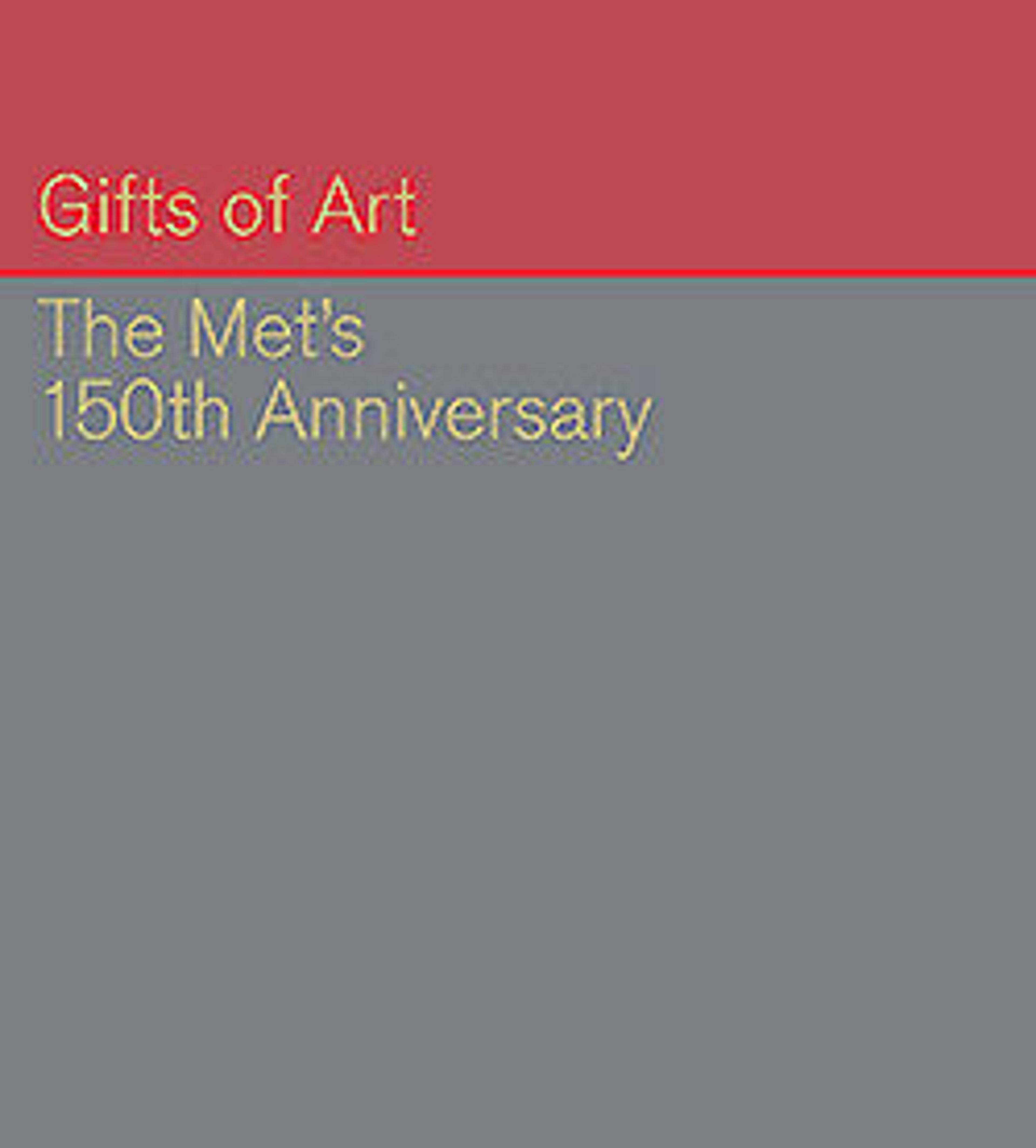Stretchers
In this witty, self-reflexive painting, Guston's brushwork is textured and loose, evoking the painterly paradigm of abstract expressionism—the paradigm which, of course, definitively challenged the classical model of painting as "window" onto the world, and with which Guston himself was associated in the 1950s. In this regard, it is not insignificant that Guston’s work, with its loose brushwork and also its relatively flat colors and "sloppy" or freehand lines, echoes the stylization of naïve and comic book artists. In its juxtaposition of flatness and depth, transparency and opacity, representation and abstraction, painting and popular culture, Guston’s painting transcends its Dadaist premise of taking the blank canvas as a "readymade"—which is the theoretical "end" of painting—and offers its own idiosyncratic reimagining of painting as a discipline.
Artwork Details
- Title: Stretchers
- Artist: Philip Guston (American (born Canada), Montreal 1913–1980 Woodstock, New York)
- Date: 1979
- Medium: Oil on canvas
- Dimensions: 32 × 36 in. (81.3 × 91.4 cm)
- Classification: Paintings
- Credit Line: Partial and Promised Gift of Michael A. Rubenstein, from the collection of Michael A. Rubenstein and Juliet van Vliet Rubenstein, in celebration of the Museum’s 150th Anniversary, 2019
- Object Number: 2019.602
- Rights and Reproduction: © Estate of Philip Guston
- Curatorial Department: Modern and Contemporary Art
More Artwork
Research Resources
The Met provides unparalleled resources for research and welcomes an international community of students and scholars. The Met's Open Access API is where creators and researchers can connect to the The Met collection. Open Access data and public domain images are available for unrestricted commercial and noncommercial use without permission or fee.
To request images under copyright and other restrictions, please use this Image Request form.
Feedback
We continue to research and examine historical and cultural context for objects in The Met collection. If you have comments or questions about this object record, please contact us using the form below. The Museum looks forward to receiving your comments.
